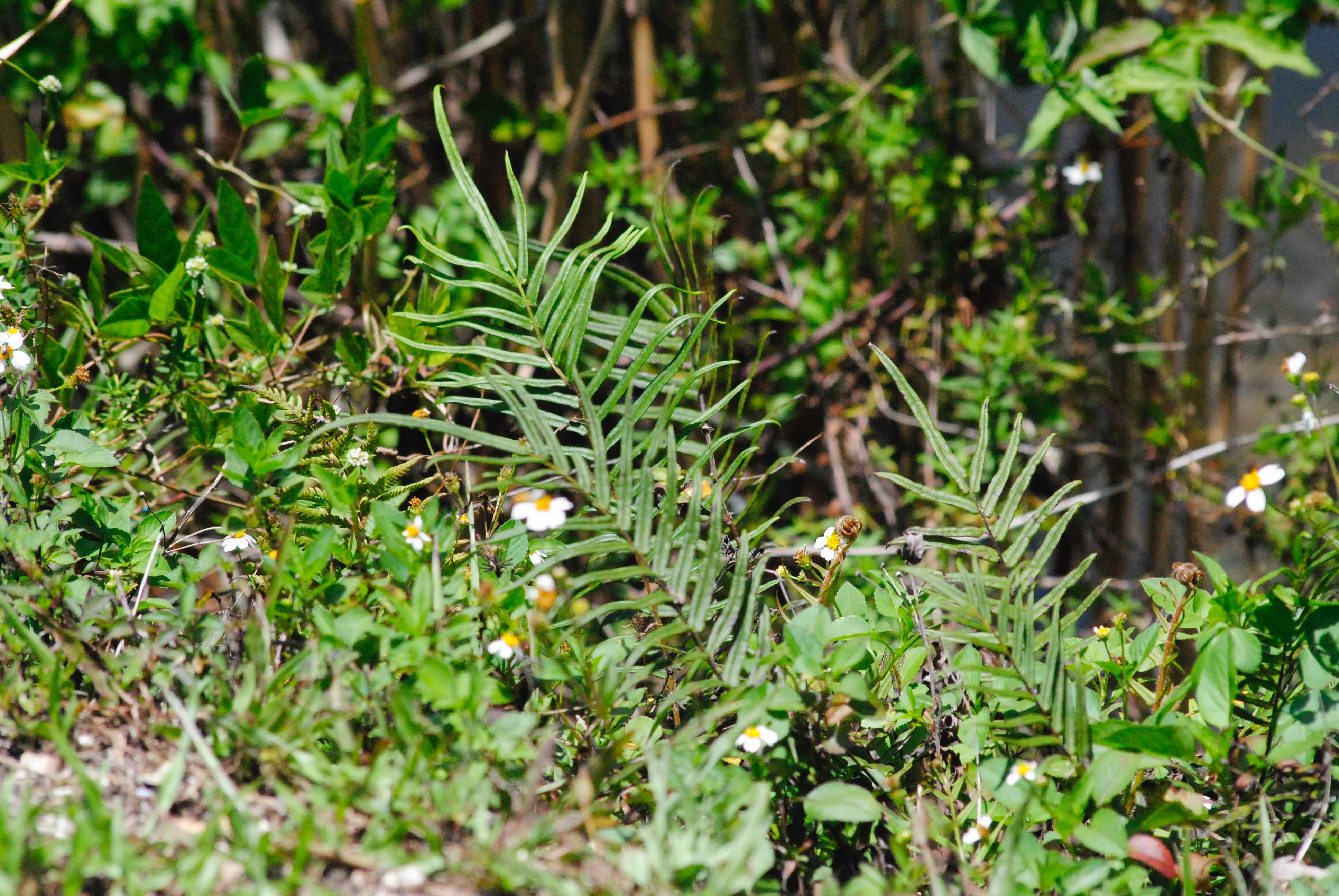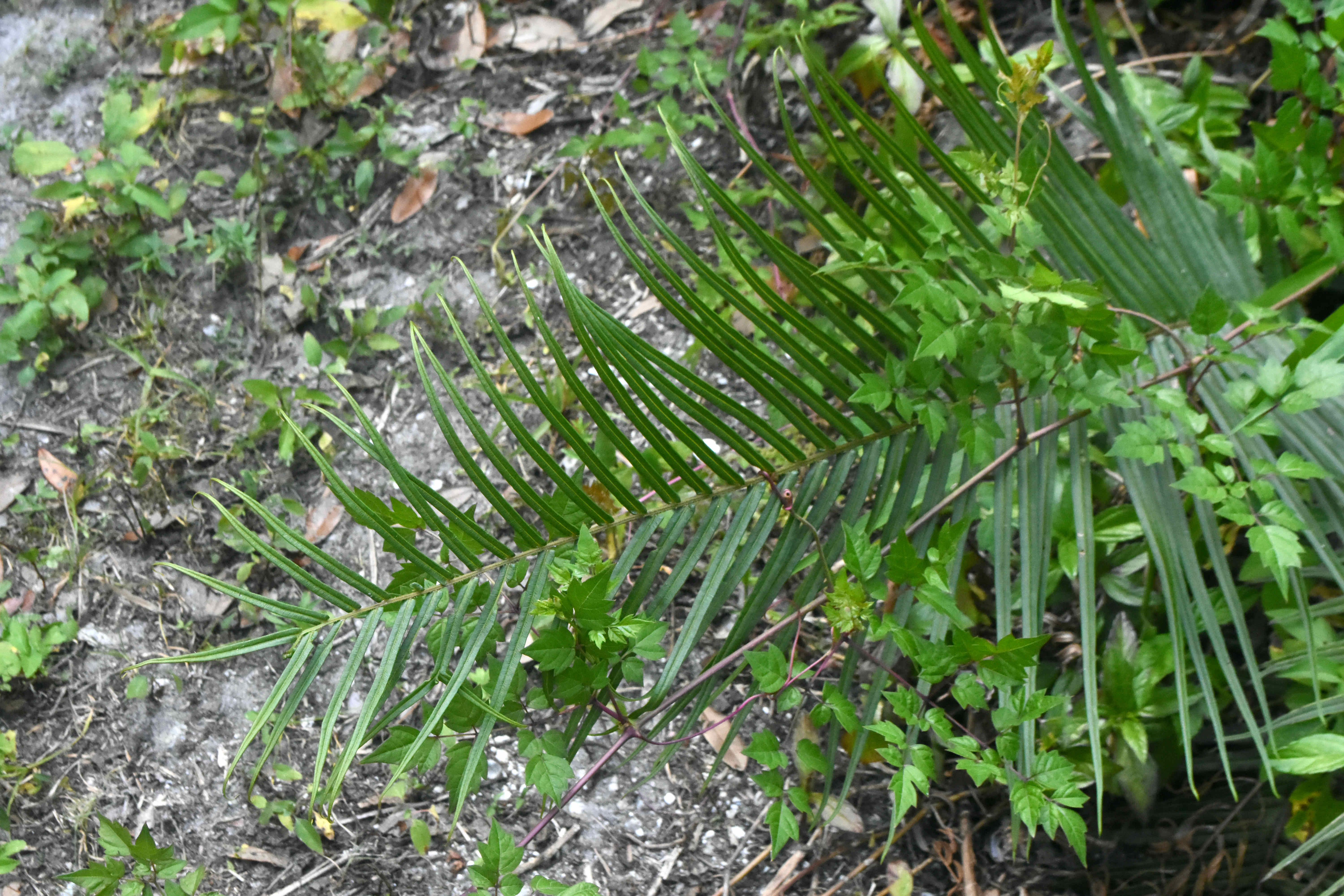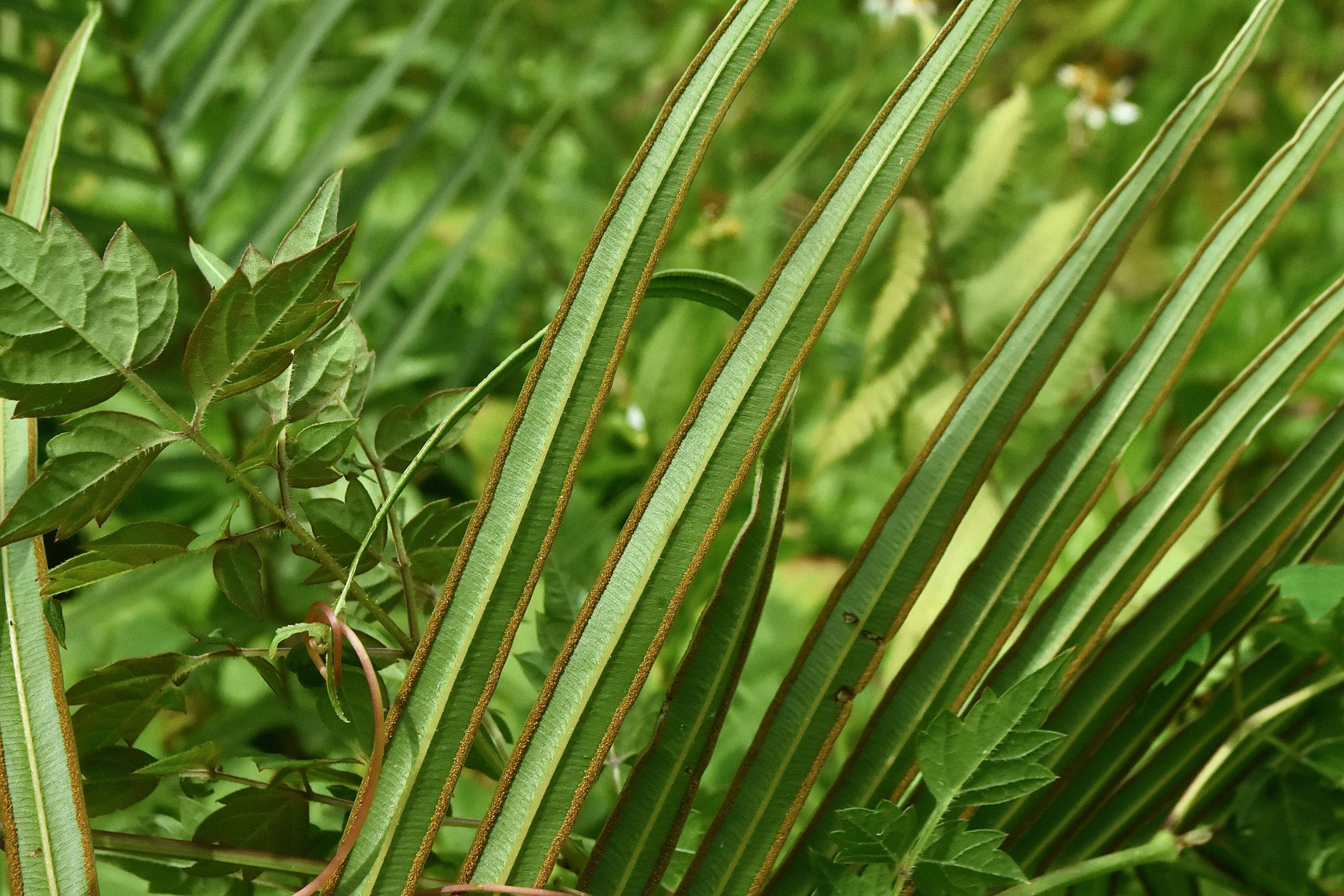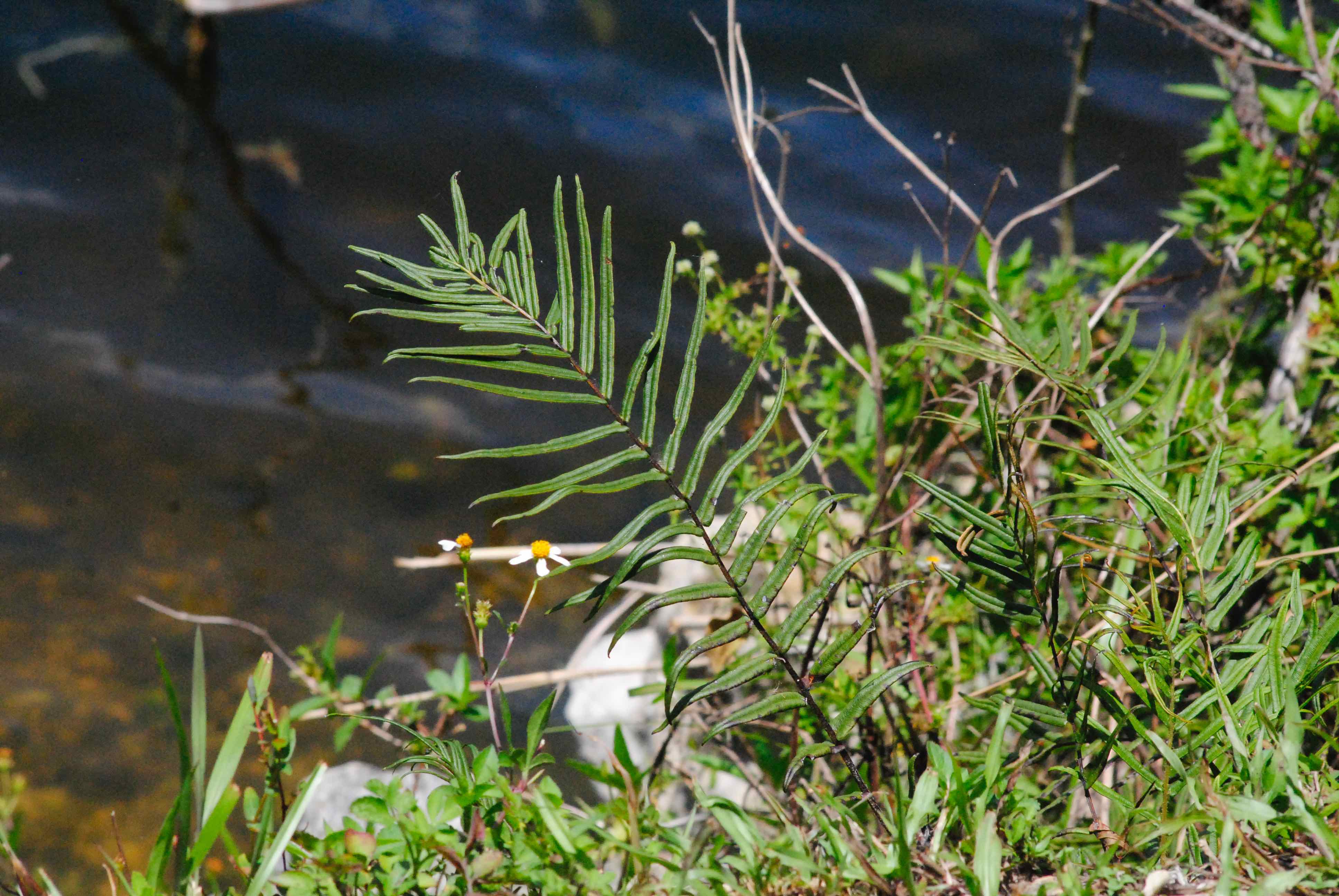
China brake fern, photographed at The Everglades and Francis S. Taylor Wildlife Management Area, Broward County, in May 2014.
China brake fern, Pteris vittata, is an invasive species, but one with an unusual and powerful redemptive quality: it sucks up arsenic like nobody’s business. Which could make it an important tool in remediating contaminated land.
But it’s still an invasive species, and needs to be treated as such. More on its ability to absorb arsenic in a bit. First, the basics.
As the name implies, China brake is a native of China and other parts of Asia, as well as southern Europe, tropical Africa and Australia. It came here as an ornamental, but escaped into the wild where it has thrived.
It’s found throughout South Florida and most of the Peninsula and Panhandle. It’s also found throughout the southeastern United States, South Carolina to Texas, plus California. Also part of its unnatural range: the Caribbean and South America.
It has an affinity for calcium, and can be found in nearly every habitat in South Florida with exposed limestone. It can also be found in and around old concrete, old masonry, walls and sidewalks.
The Florida Exotic Pest Plant Council, now known as the Florida Invasive Species Council, declared China brake to be a category II invasive in 1999. Category II is sort of a watch list for plants that have the potential to damage the environment by altering habitats and displacing native species, but have yet to do so. Neither the state nor the feds have declared China brake to be a noxious weed, but apparently it is no longer sold on the market.
It can vary in size, but generally China brake goes between one and three feet tall. The University of Florida Institute for Aquatic and Invasive Plants says it resembles swamp fern, with a terminal pinna, or leaflet, at the apex of each frond. One key difference between the two: the sori, or spore-producing parts of the plant, lie along the main rib of each pinna in swamp fern; on China brake, they’re along the outer edges of the pinna (see photo below). To our eyes, at least, the pinna on China brake tend to be longer and narrower than on swamp fern.
As noted above, China brake has the unusual ability to absorb and store arsenic compounds without harm to itself. In fact, it can take more arsenic than any other plant or animal on the planet.
It does so thanks to three proteins that it produces. One protein apparently grabs onto arsenic compounds and neutralizes them; a second, allows the glommed on compounds to move through the plant's cell walls, while the third transforms the compounds into a form that can be stored in part of the plant’s cells called vacuoles.
But China brake has its limitations. For one, it acts slowly. Planted in a contaminated field, China brake will remove about half of the arsenic in the soil within five years. It’s also tropical, so it can’t really be used effectively in colder climates. But scientists say it is cheap, and there is the possibility of splicing the genes that produce the arsenic-neutralizing proteins into a hardier, less invasive plant.
China brake is also commonly known as Chinese ladder brake and ladder brake. It is a member of Pteridaceae, the brake fern family.
The Everglades and Francis S. Taylor Wildlife Management Area



